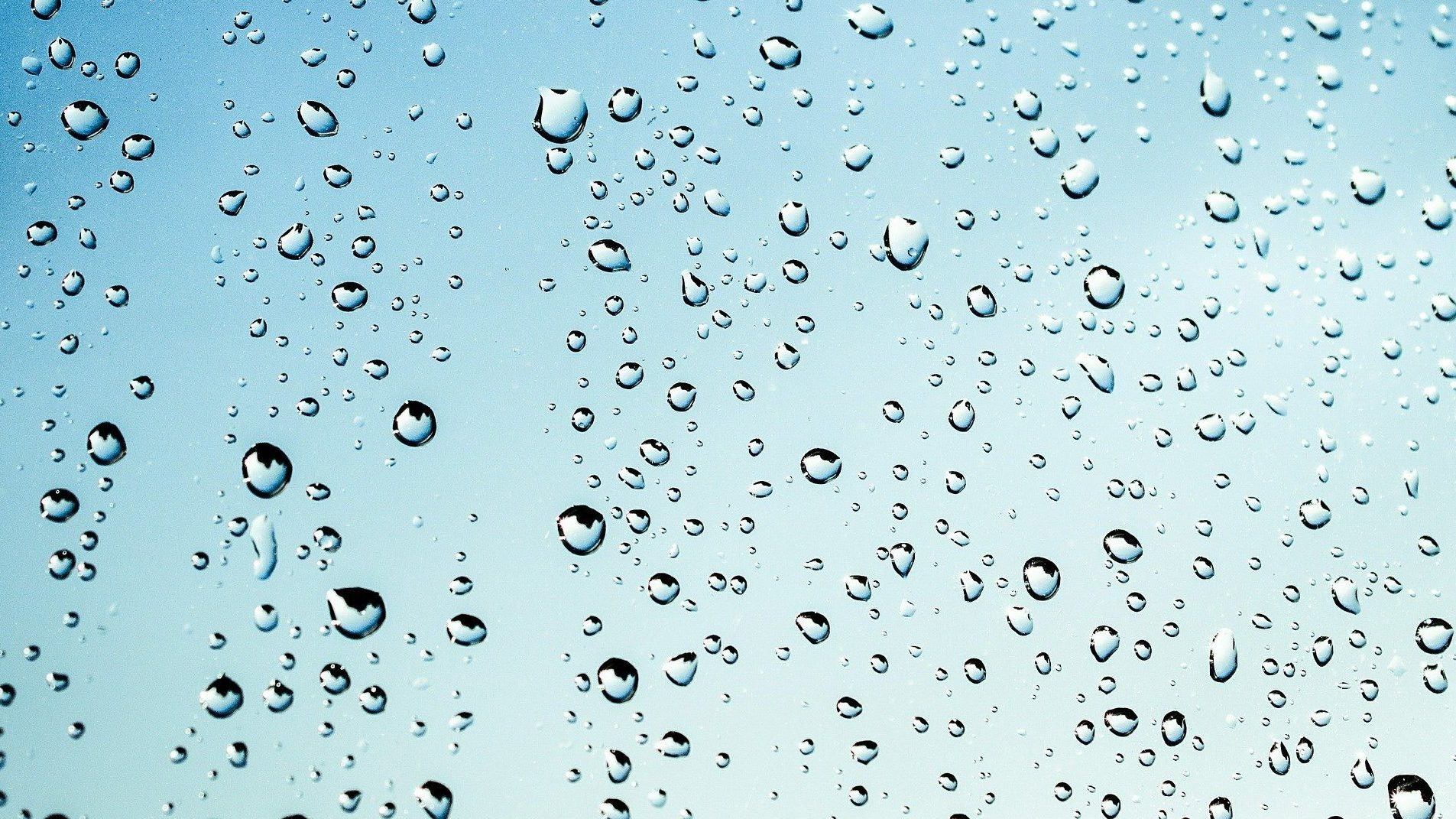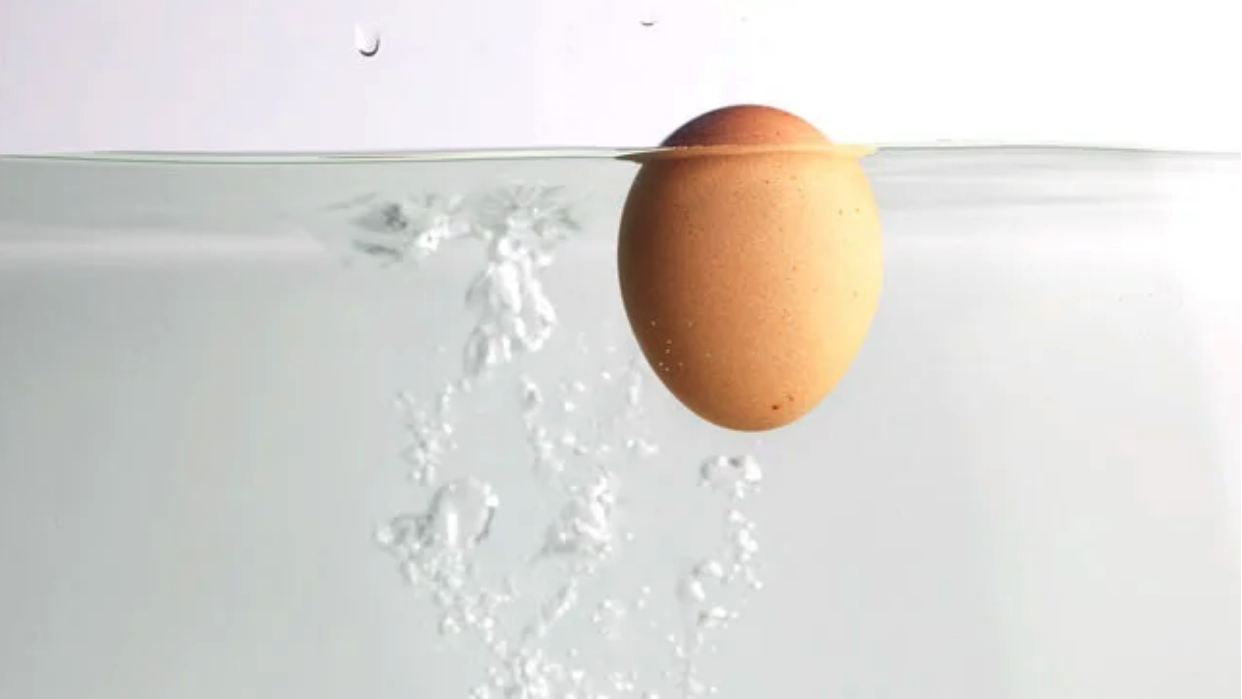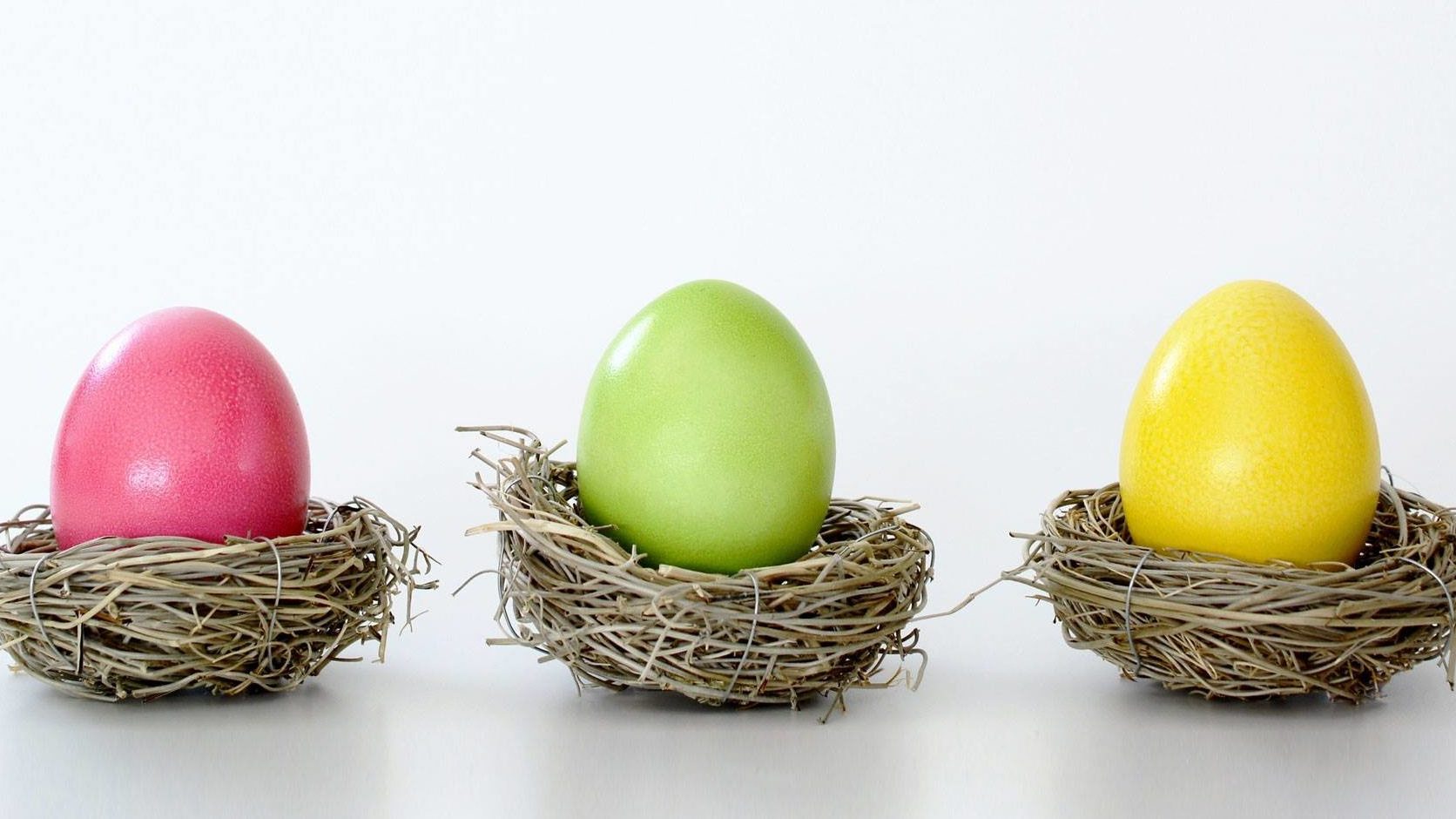You can live, work, learn, and travel thanks to the solutions of Civil Engineers all around you! Learn about what Civil Engineers do, go on a scavenger hunt to find their work in your own neighborhood or city, and put on your own Jr. Civil Engineering hat to see if your design can stand up to our Civil Engineering challenge!
Supplies:
- Pencil & Paper
- Ruler
- Civil Engineering Scavenger Hunt Page (optional, included)
- Assortment of noodles, toothpicks, mini-marshmallows, tape, string, sticks, recycled cardboard, index cards, foam, pipe cleaners, popsicle sticks—whatever you can find in your house or backyard!
- Fan (optional)
- Bucket of water (optional)
- Pillow or extra cardboard and a few balls (optional)
What is Civil Engineering?
Have you ever driven on a road? Turned on the sink to get water? Traveled across a bridge or through a tunnel? Flushed your toilet? Swum in Horsetooth or another reservoir? Gone in a building? You can do all these things and more thanks to the work of Civil Engineers!
Civil Engineering is one of the many branches of engineering.* Civil Engineers are problem solvers who work specifically with infrastructure. They design roads, buildings, tunnels, bridges, dams, buildings, subways, and more—all the things that help us live, work, and travel! They also help design important systems you may not see, such as how to get water clean and into your house; where dirty water and sewage (the stuff that goes down your toilet!) go; and where to direct stormwater to keep your neighborhood or basement from flooding! Our cities wouldn’t be the same without Civil Engineers!
Your Turn!
Think: What kind of Civil Engineer would you want to be?
What are things you care about or enjoy? Animals, people, airplanes, cars, trains, building structures, traveling, taking care of our planet? Which type of Civil Engineer could work with the things you love? Think about what problems you want to solve? Which Civil Engineer could help you solve them? If you were a Civil Engineer how would you solve them?
Look: Find examples of Civil Engineering in your city or neighborhood. As you drive or walk around keep your eyes open! You can even use the scavenger hunt page included at the end! What do you find? A lot of examples? A few? What did you find that surprised you? Which examples would you like to learn more about?
Try: Do the activity below to become a Jr. Civil Engineer and see if your design can solve some of the problems and pass some of the tests real Civil Engineers have to deal with!
Create The Strongest Bridge:
One of the many things Civil Engineers design are bridges! And guess what? Every type of Civil Engineer you learned about earlier may be involved in bridge design and construction! (Can you figure out how?)
Your challenge: Using your available materials, design a bridge that can span at least three inches. Your bridge will not only have to cross the divide, but also withstand testing—wind, earthquake, load, and possibly even flood testing—to make sure it is a safe design to be built and used by humans. Follow the steps below to get building!
- Engineers use something called the Engineering Design Process to come up with, design, and test possible solutions to problems. We’re going to use that to solve our problem today (see the whole process in the chart on the next page). First, we need to identify the problem or need. What is the problem or need we’re facing in this challenge?
- Next, gather your bridge building materials (noodles, toothpicks, mini-marshmallows, tape, string, sticks, recycled cardboard, index cards, foam, pipe cleaners, popsicle sticks— whatever you can find in your house or backyard!) Set them in front of you so you know what you’ve got to work with!
- The next steps of the Engineering Design Process are to imagine possible solutions and draw a plan. Think about how you might use the materials in front of you to solve the
identified problem. Remember that your solution will need to withstand testing! It will need to bear weight, stand in the wind, and stand in an earthquake. Once you’ve got an
idea grab paper and a pencil. Draw your idea and write some steps to your design (you can use the worksheet included at the end if you want!)
- Now that you’ve got a plan build your bridge! This is the fourth step of the Engineering Design Process; you’re creating a prototype! Level up: Don’t use tape or glue in your bridge design!
Time To Test:
Once you’ve got your bridge built it’s time to test it! Testing is the fifth step of the Engineering Design Process. It’s ok if you’re nervous to test your design (A NASA Engineer once told me that even they’re nervous to test their designs)! You put a lot of work into it, but testing is the only way we can be sure our designs will work and keep people safe. Even if your design fails you learn important information!
Load
1. The most important job of a bridge is to get people and vehicles from one place to another. But people and vehicles are heavy! A bridge must be able to withstand load (that’s the weight of the bridge itself and the weight of anything it might hold). Choose a heavy object (such as a can or book, you might choose this before construction so you know what your bridge will hold). Place it on your bridge. Can your bridge hold the weight? What about your design do you think helped its ability to hold weight. What hindered it?Did anything break or fall off? If it broke than your bridge isn’t safe enough for the real world yet! Level up: How much weight can your bridge hold?
Wind
1. Weather patterns can also be load on a bridge! Bridges need to be able to withstand a variety of weather conditions…including high wind! Place a fan a few feet from your bridge and turn it on. Can your bridge withstand the wind? Did anything break or fall off? If it broke than your bridge isn’t safe enough for the real world yet!
Level up: What wind speed can your bridge withstand (turn that fan on high!)
Earthquake!
1. Bridges also have to be able to withstand unexpected events such as earthquakes (thank you Earthquake Engineers)! To see if your bridge can withstand an earthquake place it on a moveable surface (such as a pillow or cookie sheet), tape it down, and give that surface a shake! Can your bridge withstand the earthquake? Did anything break or fall off? If it broke than your bridge isn’t safe enough for the real world yet! Level up: Build your very own shake table!
Flood!
1. For a final, fun test see how your bridge holds up in a flood (warning: this one could destroy your bridge)! You’ll want to place your bridge somewhere where a flood won’t cause other damage (such as on a porch or in a bathtub). Tape your bridge down, fill a bucket of water, and dump it downstream of your bridge. Did your bridge withstand the flood? Did anything break or fall off? If it broke than your bridge isn’t safe enough for the real world yet!
How did your bridge(s) hold up? Where did they fail? The final steps in the Engineering Design Process are improve and redesign, and repeat! How could you improve your bridge? If you designed again what would you change? Give your improvements a try! Did your bridge preform better this time?
Share It!
We’d love to see your bridges and any other Jr. Civil Engineering Projects you might try!
Want to download these directions? Click here for a handy PDF!
Follow along with our Daily Discovery! Click here for all activities that you can do at home.










